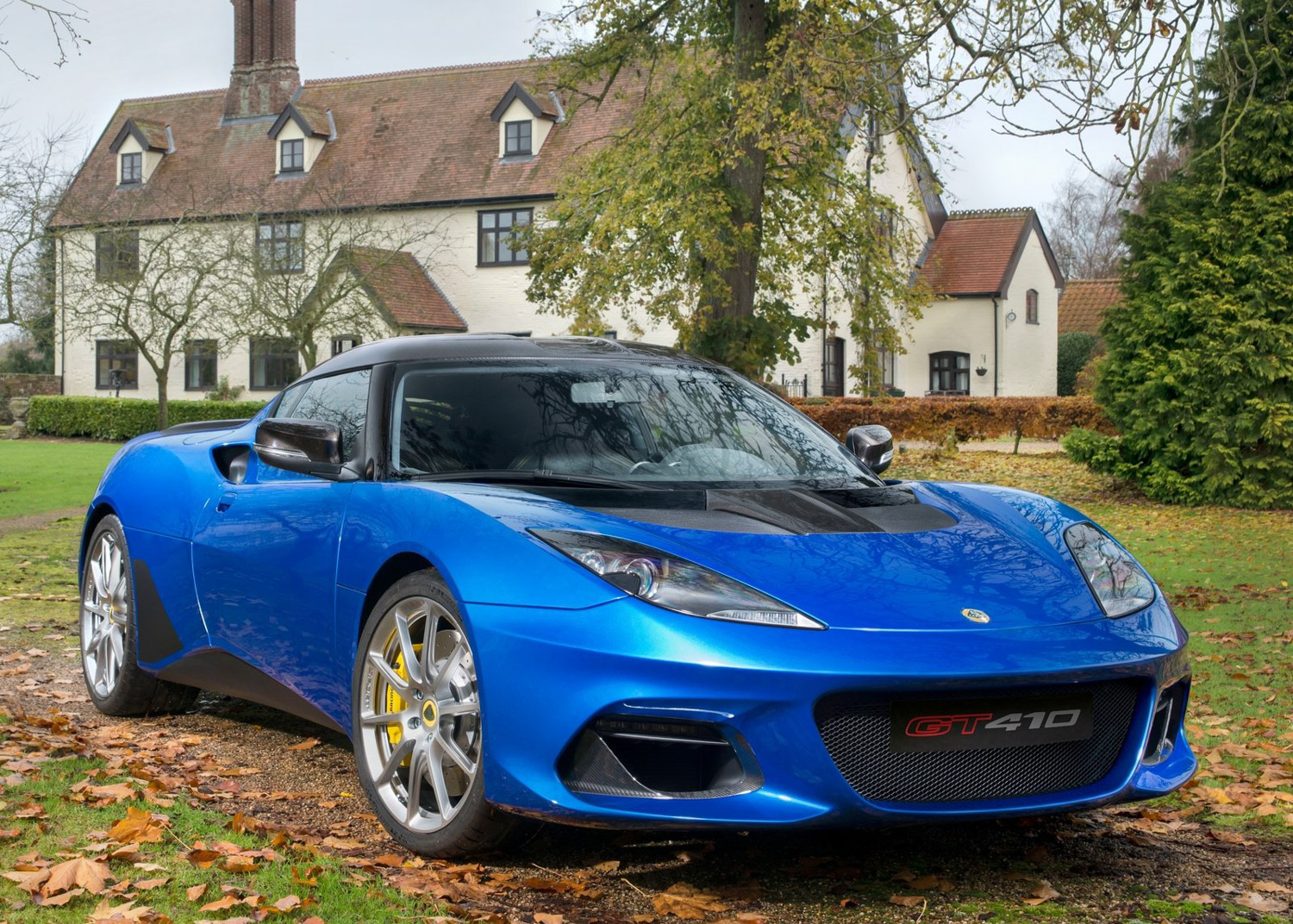Lotus will unveil a new, more “practical” car next year
Next year, Lotus will to offer a more “practical” model—one based on the sublime Evora but far easier to get in and out of—with improved ergonomics and a better infotainment system.
Phil Popham, the new CEO of Lotus Cars, confirmed the plan in an interview with Autocar, and stressed that the as-yet-unnamed model will retain the driving dynamics that define the brand. The car, part of a five-year plan funded by corporate parent Geely, will be the final go-around for Lotus’ current architecture. “There’s this one car, then the new platform,” Popham said. Autocar says all-new models will appear in three to four years.
To the chagrin of purists, the plan includes an SUV, but Popham is for now concentrating on Lotus’ core competency. “The focus for now is on replacing the products we’ve got today—the sports cars,” he told Autocar. The new models will rely at least in part on electric drivetrains, though it is not clear just how Lotus will incorporate that technology.



Geely’s ownership gives Lotus the resources needed to expand its range. “In a long time, Lotus has not had sight of what is required,” Popham said. “You need a long-term plan, a product plan and a business plan locked down with investment. We have that plan locked in.”
As for the resources, “We’re not talking tens or hundreds of millions, but billions,” he said.
Other changes call for expanding manufacturing beyond the factory in Hethel, and the possibility of sharing vehicle architecture with other Geely products. That said, Popham said “all conceptual work and product planning” for Lotus models will occur in Hethel, which will remain the home of Lotus sports cars.

Preliminary development work of the next generation of sports cars is underway, but remains so embryonic that engineers have not decided whether to continue using bonded aluminum extrusion superstructures, as has been the case since Lotus introduced the Elise a generation ago, or switch to composite materials.
“We will build cars in the future with the DNA of today,” Popham told Autocar. “They’ll have the same performance and handling, but will appeal to a wider audience. Our barriers to entry now are the cars’ practicality, the ingress and egress, the day-to-day use like ergonomics and connectivity. They will improve, but absolutely retain the purity.”
Popham seems well aware that expanding the model range and sharing architectures could endanger Lotus’ reputation for building what many enthusiasts consider to be the best-handling cars on the road. For now, until the next generation arrives, the Evora 400 is an absolute gem to drive, so we’re—naturally—thrilled at the prospect of a spin-off that could add a different dimension to the experience.


